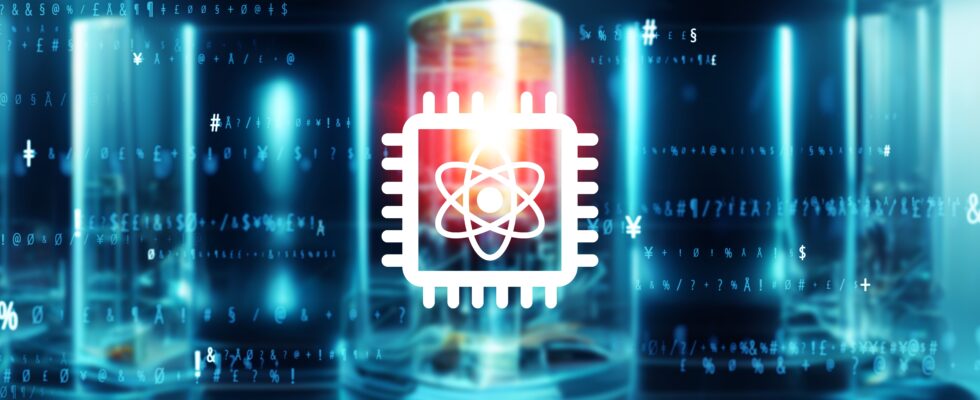Do you find your computer or phone takes too long to charge? So wait until quantum physics gets involved, you might be surprised!
If there is one field that pushes the limits of human understanding, it is that of quantum physics. Far from being in its infancy; its theoretical framework has been widely defined for more than a century; this discipline continues to evolve and surprise. CERN (European Organization for Nuclear Research) is working on the possibility of convergence between AI and quantum computing. Google already protects its quantum computers with very advanced encryption methods. However, we are still far from the stage where quantum computers will equip every home.
Quantum physics remains for the moment confined to research and very specific applications. Among all this research, quantum batteries are a very serious subject: by defying conventional laws of causality, they could one day revolutionize the way we store and conserve electrical energy.
The principle of quantum superposition
To fully understand this advance, you need to be familiar with a key concept in quantum physics: superposition. Physicist at the University of Tokyo, Yuanbo Chen clarifies this: “ Normally, if event A causes event B, we think that B cannot cause A simultaneously “. A statement that perfectly illustrates the linear logic of the world we know, where causes and effects follow a chronological and unidirectional order. However, on the subatomic scale, everything is different. “
However, recent advances in theoretical physics suggest that, in certain settings, scenarios where “A causes B” and “B causes A” could simultaneously be real. » explains Chen.
Particles can therefore exist simultaneously and in several states: this is the principle of quantum superposition. The Shrödinger’s Cat thought experiment is a perfect metaphor for this principle. Thanks to this principle, intuition-defying experiments could be carried out. In 2009, a quantum switch (a device allowing the order of interactions on a quantum particle to be manipulated) revealed a phenomenon of undefined causal order. In fact, it allowed two processes HAS And B occur in a superposition of different orders: HAS Then B, B Then HAS and then simultaneously.
Quantum batteries: a future revolution?
So Chen and his team thought about applying these principles to a quantum battery. A traditional battery regains capacity through the conversion of electrical energy into chemical energy, a process that involves a large number of electrons. The researchers published a study in the journal Physical Review Letters which demonstrated that a quantum effect would allow a battery to charge more quickly. This by overturning the basic notion of causality.
Chen explains: “ With a quantum switch you can create a superposition of [séquences] (Apply A first then B) and (Apply B first then A) “. They compared three different loading techniques: sequential, simultaneous and overlay. As a result of this comparison, the researchers discovered that the stacking method could “give wings” to a low-power charger. It could then deliver much more energy than a traditional high-power charger.
For the moment, creating a quantum battery capable of holding a charge is not yet in the future. Chen nevertheless remains cautious, but nonetheless optimistic: “
Given the current situation, marked by limited experimental efforts and continued theoretical exploration in the field of quantum batteries, it is difficult to estimate a precise timetable for obtaining conclusive results “. The exploration of this technology, even if it is still at a preliminary stage, in any case opens a new page in the great book of applied physics. In the future, the way we use energy may be radically different.
Sources: Space, Futura Sciences, Cairn, Physical Review Letters

0